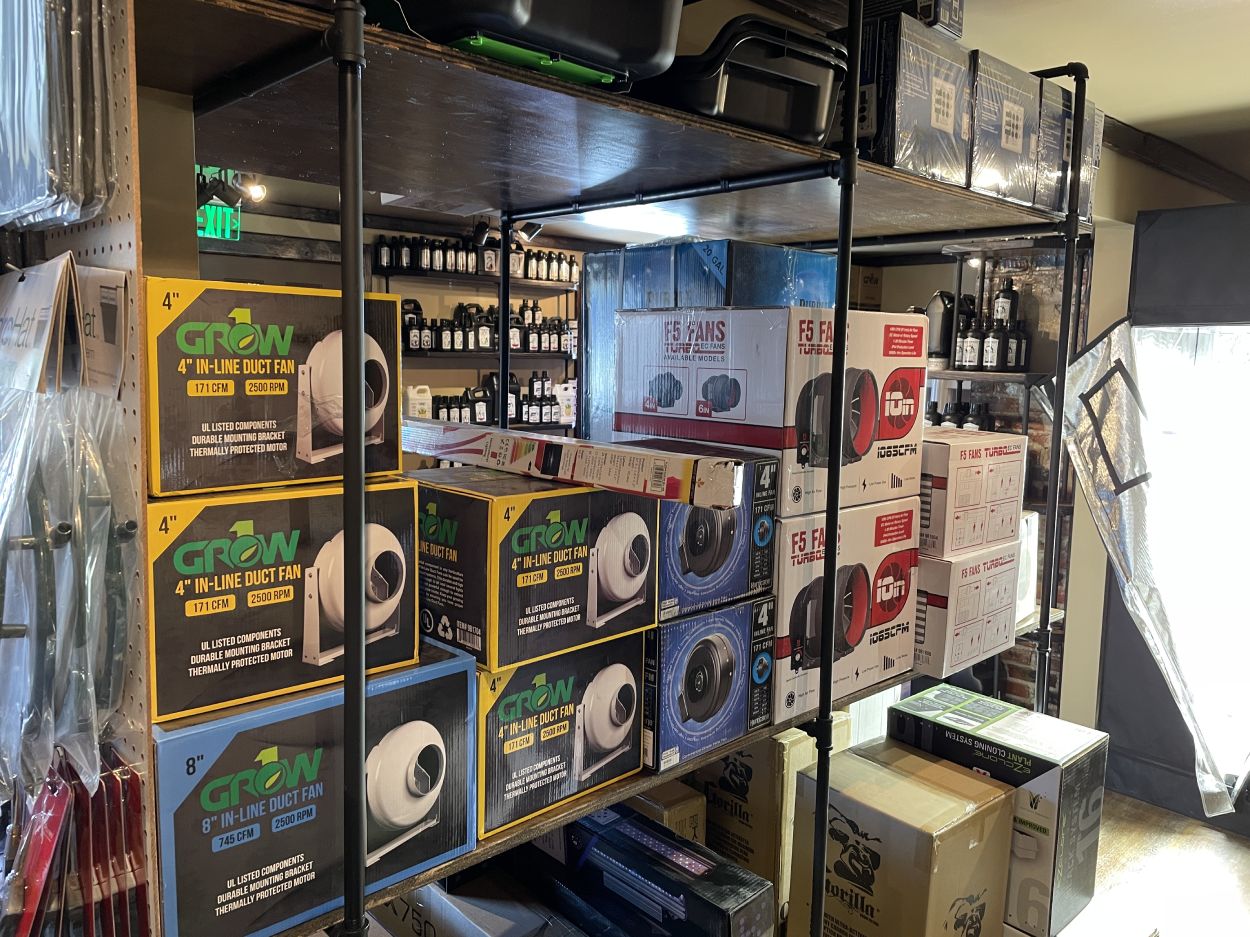The Ultimate Guide to Hydroponic Solutions and Techniques
In the world of contemporary agriculture, hydroponic systems have actually emerged as an innovative approach for cultivating plants without dirt. The careful balance of water, nutrients, and light in hydroponic arrangements provides a promising alternative to traditional farming methods. As we uncover the details of hydroponics in this extensive overview, we will browse with the numerous sorts of systems, discover the vital nutrients vital for plant development, and explore sophisticated techniques that can substantially enhance yields. What takes place when common problems emerge in hydroponic systems? Keep tuned to untangle the troubleshooting strategies that can make or break an effective harvest.
Benefits of Hydroponic Equipments
Hydroponic systems supply a multitude of benefits, consisting of effective source usage and accurate nutrient distribution to plants. By providing a regulated atmosphere for plant growth, hydroponic systems allow ideal water and nutrient usage, bring about greater yields contrasted to typical soil-based cultivation. This efficiency not only conserves sources however likewise lowers waste, making hydroponic systems eco-friendly.
Additionally, the accurate shipment of nutrients in hydroponic systems permits customization based on the particular needs of each plant variety. This targeted method guarantees that plants obtain the best equilibrium of crucial nutrients, advertising much healthier development and reducing the danger of nutrient deficiencies or inequalities. In addition, the capability to readjust and monitor nutrient degrees in real-time maximizes plant productivity and general crop high quality.
Additionally, hydroponic systems remove the requirement for pesticides and herbicides, as the closed-loop system reduces the risk of pests and diseases that are generally discovered in soil-based agriculture - The Indoor Earthworm. This not just benefits the plants and the environment but additionally adds to generating cleaner, healthier plants for usage
Sorts Of Hydroponic Setups

Deep Water Culture (DWC) involves suspending plant roots in a nutrient service, enabling for adequate oxygenation. Nutrient Film Method (NFT) makes use of a shallow stream of nutrient option flowing over the plant origins, providing a consistent supply of nutrients. Ebb and Circulation systems flooding the plant origins at intervals, guaranteeing they obtain nutrients and oxygen. Leak systems include leaking a nutrient service onto the plant roots, offering specific control over feeding. Aeroponics hazes the plant roots with a nutrient service, making best use of oxygen absorption.
Each kind of hydroponic configuration has its advantages and is matched to different plant varieties and growth stages. Understanding the distinctive functions of these systems can help hydroponic farmers select one of the most ideal configuration for their particular demands and preferences.
Crucial Nutrients for Hydroponics
In hydroponic systems, plants rely on an exact equilibrium of vital nutrients to flourish and grow efficiently. These important nutrients are essential for different plant functions such as photosynthesis, origin development, and total growth.
Along with macronutrients, plants likewise require additional nutrients like calcium, magnesium, and sulfur, in addition to trace elements such as iron, copper, zinc, and manganese (The Indoor Earthworm). These nutrients are essential for guaranteeing that plants have all the needed foundation to lug out important biological processes

Advanced Methods for Optimum Yield
To achieve optimum returns in hydroponic systems, growers can apply sophisticated techniques that boost plant growth and productivity. In addition, utilizing techniques like plant training and trimming can help maximize light distribution and air flow, making certain that all parts of the plant this receive ample light and nutrients. Using automated systems for nutrient delivery and surveillance can aid maintain optimum nutrient levels, lowering the danger of shortages or imbalances that can hinder plant development.
Troubleshooting Common Hydroponic Issues
When faced with obstacles in hydroponic systems, growers frequently run into common concerns that can hinder plant development and productivity. One common trouble is nutrition shortages, where plants lack necessary elements for healthy and balanced development. To fight this, normal monitoring of nutrient degrees and readjusting the nutrient remedy accordingly is critical. One anonymous more common concern is pH imbalance, which can bring about nutrition lockout and inadequate absorption. Preserving the correct pH range particular to the plant being expanded is essential for optimal nutrient uptake. Furthermore, poor oxygen degrees in the root area can result in origin rot and stunted development. Making sure correct oygenation and oxygenation of the nutrient remedy can help prevent this trouble. Insect invasions, such as aphids or crawler termites, can additionally torment hydroponic systems. Executing integrated insect monitoring strategies and on a regular basis inspecting plants can help control and prevent infestations. By quickly recognizing and resolving these common hydroponic concerns, farmers can maintain healthy and balanced plants and optimize returns in their hydroponic systems.
Conclusion
To conclude, hydroponic systems provide countless advantages for growing plants efficiently. By making use of different sorts of arrangements and supplying vital nutrients, growers can attain maximum return with advanced strategies. It is essential to troubleshoot usual issues that you could try this out might occur in order to keep a successful hydroponic operation. With mindful planning and attention to detail, hydroponic systems can transform the way plants are cultivated, bring about even more efficient and lasting agricultural methods.
By supplying a regulated environment for plant growth, hydroponic systems make it possible for optimal water and nutrient use, leading to higher yields contrasted to standard soil-based cultivation. The Indoor Earthworm. Nutrient Movie Technique (NFT) utilizes a shallow stream of nutrient service flowing over the plant origins, offering a continuous supply of nutrients. Monitoring and changing nutrient degrees based on plant development stages is critical to stopping vitamins and mineral shortages or poisonings and making best use of plant productivity in hydroponic systems
Additionally, utilizing methods like plant training and pruning can assist enhance light circulation and air movement, making certain that all components of the plant receive adequate light and nutrients. Utilizing automated systems for nutrient delivery and tracking can assist keep optimum nutrient degrees, reducing the risk of deficiencies or imbalances that can hinder plant development.